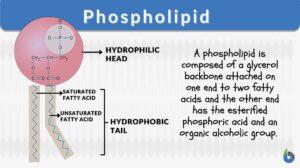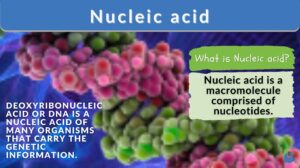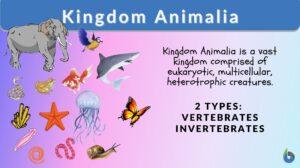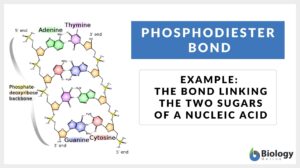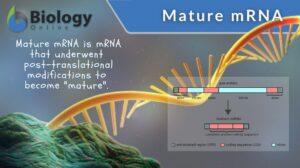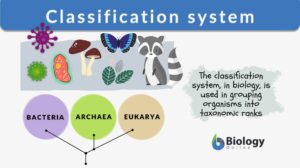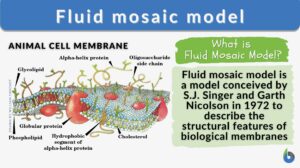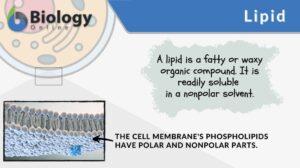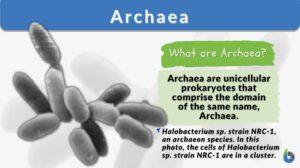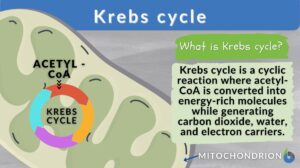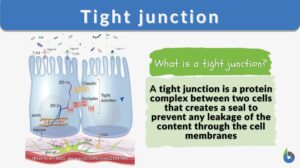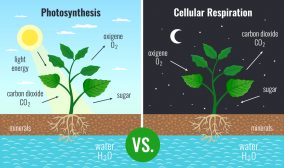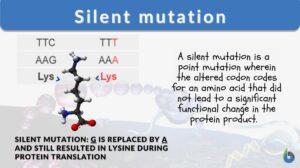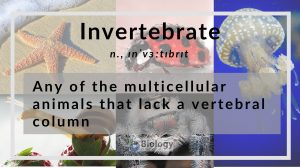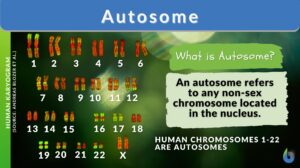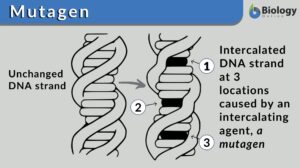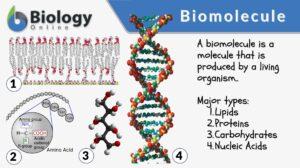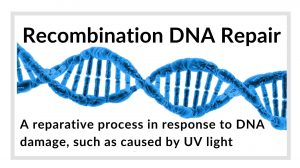Search Results for: backbone
Sugar-phosphate backbone
Definition noun A structural component of DNA that consists of 5-deoxyribose sugars and phosphate groups involved in... Read More
Phospholipid
What is a phospholipid? Phospholipids are a subgroup of lipids. Other major types of lipids are fatty acids, sphingolipids,... Read More
Nucleic acid
Nucleic Acid Definition A nucleic acid refers to any of the group of complex compounds consisting of chains of monomers of... Read More
Kingdom Animalia
Kingdom Animalia Definition Each person can say that they know of or can name at least one animal. However, do people know... Read More
Phosphodiester bond
Phosphodiester Bond Definition Phosphodiester bonds are the backbone of the strands of nucleic acid present in the life... Read More
Transcription (biology)
In biology, transcription is the process of transcribing or making a copy of the genetic information stored in a DNA strand... Read More
Vertebrata
vertebrata (Science: zoology) One of the grand divisions of the animal kingdom, comprising all animals that have a backbone... Read More
Glycerolipid
Definition noun, plural: glycerolipids A type of lipid made up of a glycerol linked esterically to a fatty acid Supplement A... Read More
Alpha-helix
Definition noun, plural: alpha helices A right-handed coiled conformation common in many proteins in which the resulting... Read More
Mature mRNA
Mature mRNA Definition Mature mRNA is the completely processed mRNA molecule in the cell of eukaryotes. The mRNA is a type... Read More
Classification system
Classification Systems Definition In life, many things are classified, that is, to put into categories or groups based on... Read More
Fluid mosaic model
Fluid Mosaic Model Definition What is the fluid mosaic model? The fluid mosaic model is a three-dimensional representation... Read More
Polynucleotide
Definition noun plural: polynucleotides pol·y·nu·cle·o·tide, ˌpɒlɪˈno͞o′klē-ə-tīd A biopolymer comprised of... Read More
Dinucleotide
Definition noun plural: dinucleotides di·nu·cle·o·tide, daɪ njuːklɪəˌtaɪd An organic compound comprised of two... Read More
Krebs cycle
Krebs cycle, also known as the citric acid cycle or tricarboxylic acid (TCA) cycle, is a fundamental metabolic pathway that... Read More
Tight junction
What are tight junctions? Tight junctions are the intercellular barrier between two neighboring endothelial and epithelial... Read More
Plant Metabolism
Introduction Plants are responsible for incredible feats of molecular transformation. The processes are always being... Read More
Silent mutation
A mutation is a change in the nucleotide sequence of a gene or a chromosome. When there is only one nucleotide involved, it... Read More
Vertebral column
Definition noun, plural: vertebral columns The series of vertebrae that extend from the cranium to the coccyx, and serves as... Read More
Helminthology
Definition noun A branch of zoology that particularly deals with the helminths, particularly the parasitic... Read More
Uridine triphosphate
Definition noun plural: uridine triphosphates (biochemistry) A nucleotide composed of uracil, ribose and three phosphate... Read More
Invertebrate
Invertebrate Definition An invertebrate refers to any of the animals lacking a vertebral column. The term invertebrate came... Read More
Leptocardia
Leptocardia (Science: zoology) The lowest class of vertebrata, including only the Amphioxus. The heart is represented only... Read More
Precursor mRNA
Definition noun plural: precursor mRNAs An immature or incompletely processed mRNA molecule in eukaryotes that needs to be... Read More
Glyceroglycolipid
Definition noun, plural: glyceroglycolipids A type of glycolipid made up of an acetylated or non-acetylated glycerol and at... Read More
Transfer ribonucleic acid
Definition noun plural: transfer ribonucleic acids trans•fer ri•bo•nu•cle•ic ac•id, ˈtɹænsfɝ... Read More
Primary structure
Definition noun (biochemistry) A structure of a biological molecule in which there is a precise sequence or order of... Read More
Glycolipid
Definition noun, plural: glycolipids A carbohydrate, usually an oligosaccharide, that is covalently linked to a lipid... Read More
Glycosphingolipid
Definition noun, plural: glycosphingolipids A type of glycolipid made up of a glycan (or a carbohydrate) linked to the... Read More
Biomolecule
A molecule is an electrically neutral, group of atoms that can exist alone in a free state while its characteristic... Read More
Ribonucleic acid
Ribonucleic Acid Definition noun (uncountable), ribonucleic acids ri·bo·nu·cle·ic ac·id, raɪboʊnjuːkliːɪk... Read More
Recombination DNA repair
Recombination DNA Repair Definition Recombination DNA repair is a biological reparative process in response to DNA damage... Read More

